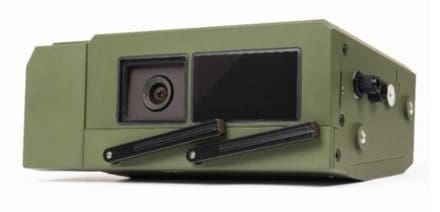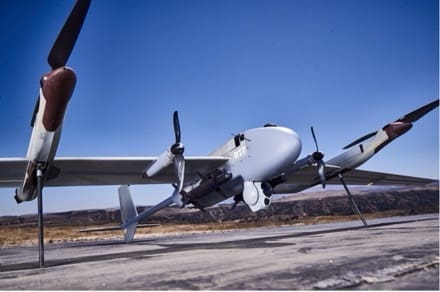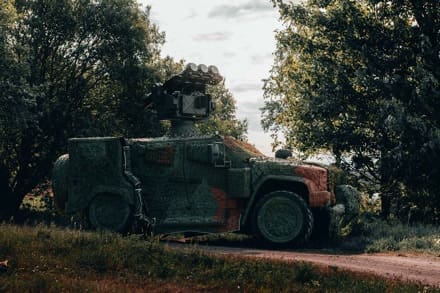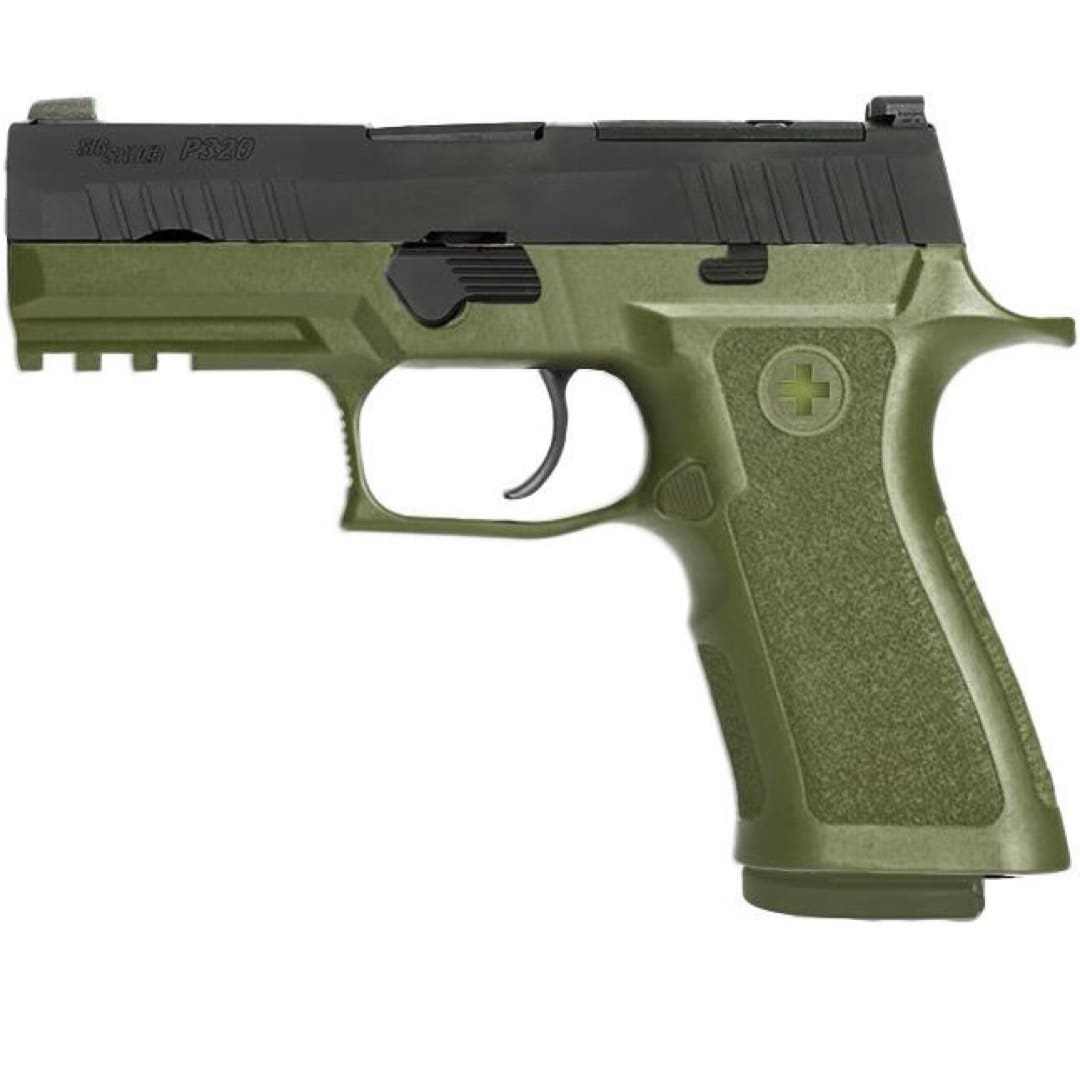11th December 2025, Melksham, UK: Avon Protection has received an order from a European nation’s MoD for FM50 respirators and FM61EU filters via the NATO Support and Procurement Agency (NSPA) contract vehicle. The order, worth approximately $20.6 million, brings Avon Protection’s FM50 NSPA contract value to over $100 million.
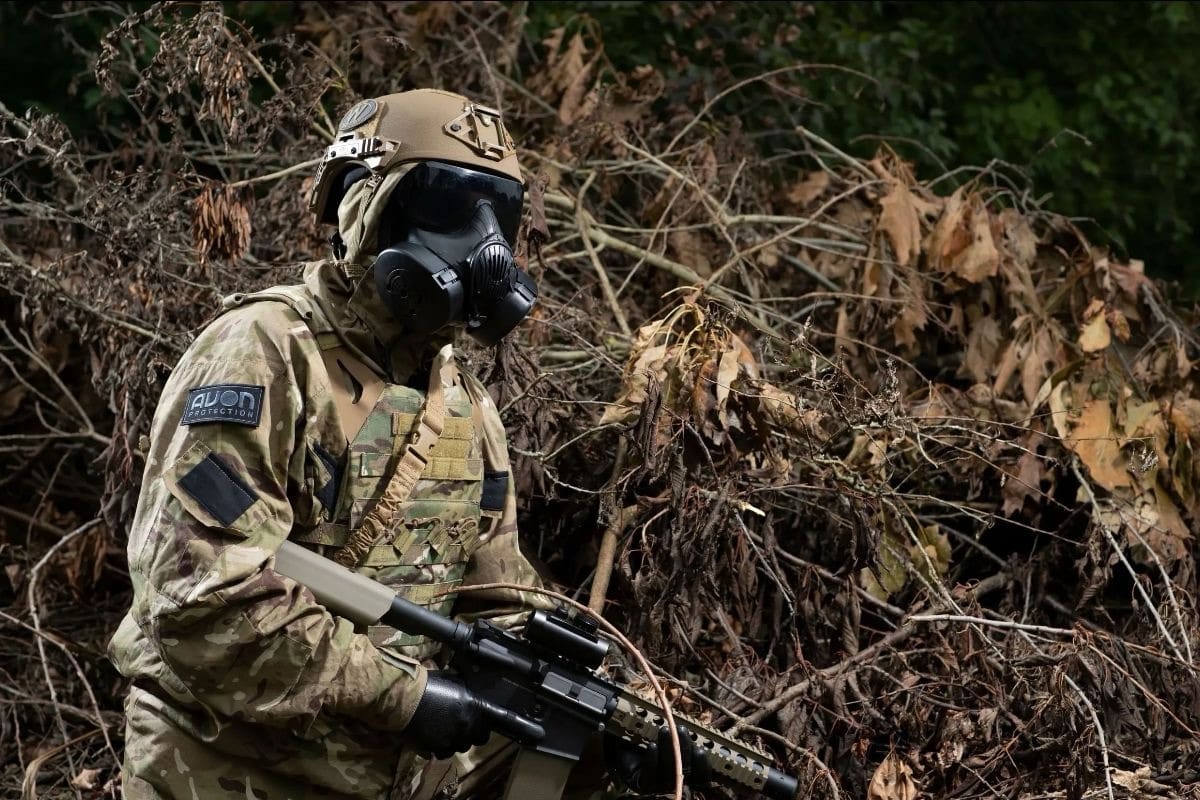
Avon Protection’s FM50 respirator.
Avon Protection’s FM50 respirator, together with the FM61EU filter, is designed to protect the wearer from CBRN threats in line with latest NATO requirements. The twin filter conformal system offers low-profile protection and very low breathing resistance for military, anti-terrorism and peace-keeping operations.
Avon Protection was awarded the 10-year NSPA FM50 contract in 2020, enabling NATO nations and partners to purchase the FM50 respirator, MP-PAPR, ST53, filters and related accessories. In total, Avon Protection has now delivered more than 100,000 FM50s to more than ten NATO nations, along with associated filters and accessories.
Steve Elwell, President, Avon Protection, said: “The FM50 is the most operationally proven and widely deployed battlefield respirator in the world, and we are pleased that a key European MoD has elected to continue protecting its personnel with this world-leading respirator.”


